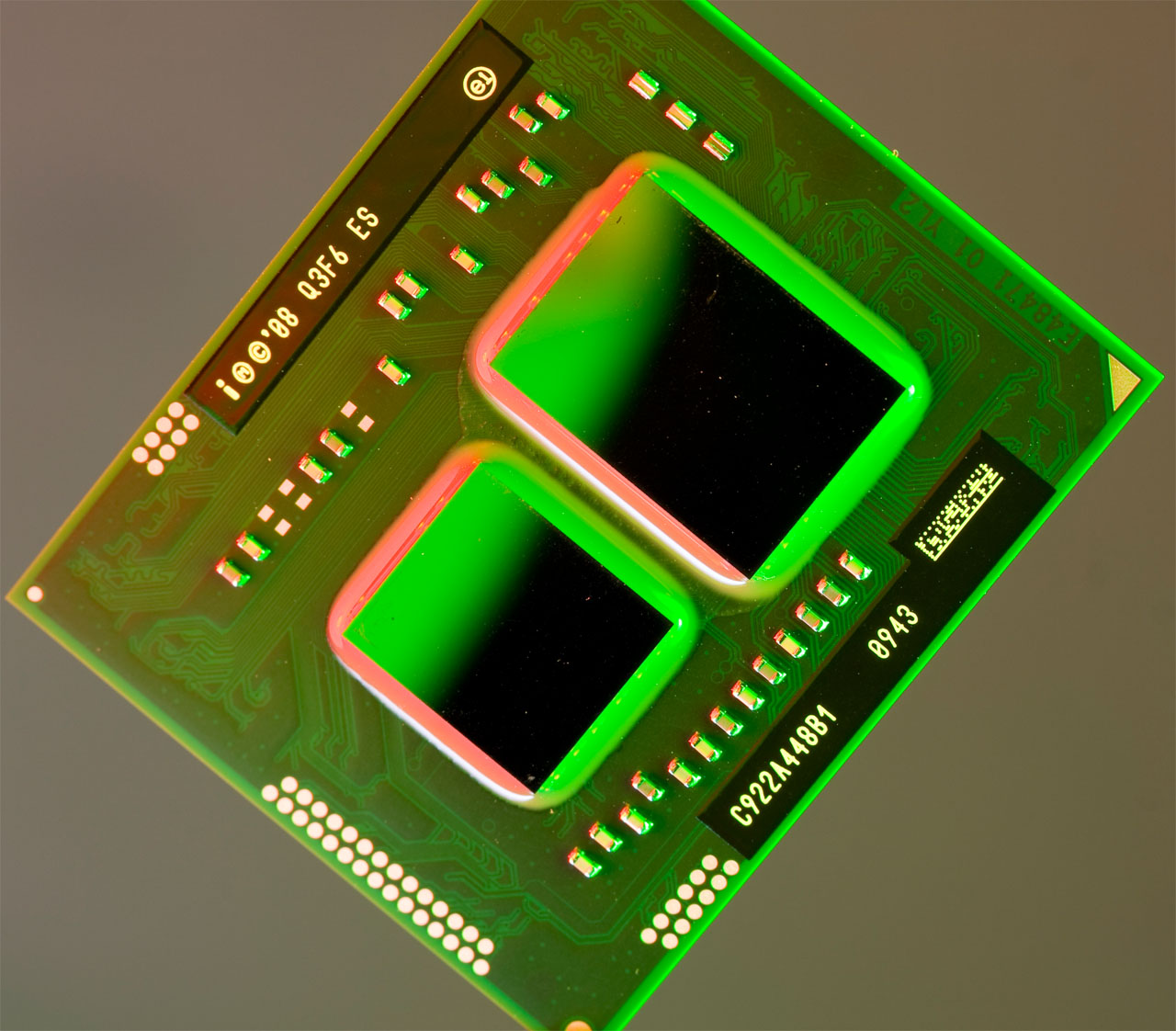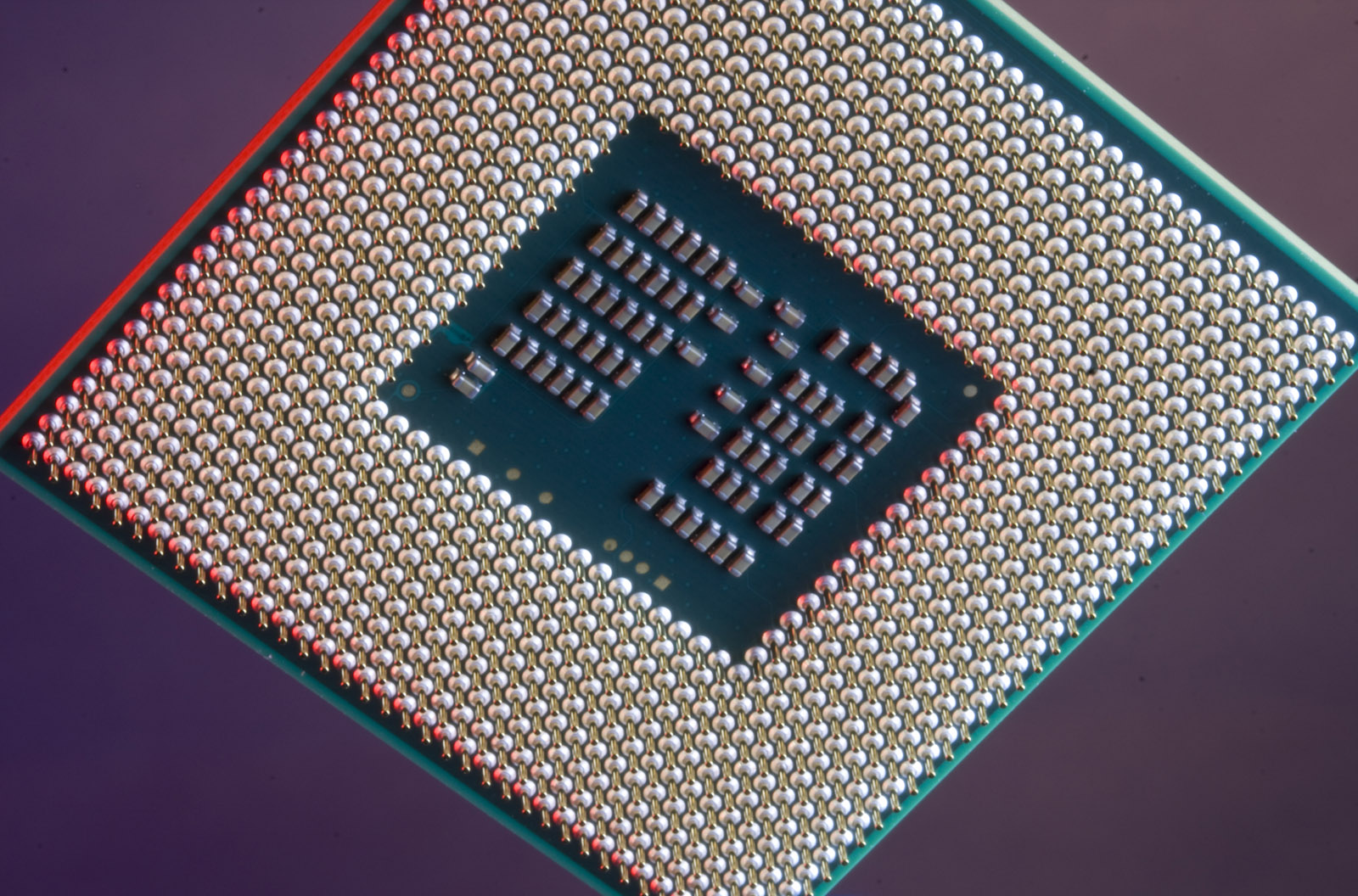Intel’s Mobile Core i5 And Core i3: Arrandale Is For The Rest Of Us
Conclusion
It’s now January 2010, more than a year since we first saw Intel’s Nehalem micro-architecture emerge as Bloomfield on the desktop. While the company showed us its first Nehalem-based mobile design in Clarksfield late last year, that processor was never meant to serve as a high-volume product family—our power testing helped show why.
Fifteen months later, we have the first real Nehalem-based CPU built for a broader range of mainstream notebooks. Only now, because Intel has made the shift from 45nm to 32nm manufacturing, these Mobile Core i7, Core i5, and Core i3 CPUs actually belong to the Westmere generation.
Massive integration, including a graphics core, memory controller, and PCI Express controller in a separate 45nm die on the processor package, means the rest of Intel’s platform gets significantly simpler. Gone is the northbridge with which we’re all familiar, replaced by a very southbridge-like platform controller hub. Everything else is built into the CPU.
As a result, the consumption of these Arrandale processors is on-par with Intel’s previous mobile offerings. However, the whole platform should actually be more power-friendly than anything we’ve ever seen before from the company.
In reality, a bias toward performance via Hyper-Threading, Turbo Boost, and a dynamic graphics clock keeps these CPUs closer to their TDPs, so you actually get less battery life per available watt-hour of energy. We’re nevertheless still comfortable, based on our average power measurements and PCMark Vantage chart, saying that Arrandale boasts the best balance between desktop-class speed and true mobile usability we’ve ever seen.
Of course, realizing that balance means utilizing Arrandale’s 32nm Hillel CPU and 45nm Ironlake graphics core, so you’ll give up discrete graphics if you’re really serious about mobility (and in the process give up the ability to do much in 3D at all, despite the core’s increased complexity and DirectX 10 compatibility). Fortunately, it remains a solid engine for video playback, accelerating all three of the Blu-ray standard’s codecs, supporting multi-channel LPCM audio output over HDMI, and facilitating bitstreaming of Dolby TrueHD / DTS-HD MA should you use your notebook for playback in a home theater.
While we might not have been bowled over by Clarkdale on the desktop (especially in light of compelling competition at the $200 price point of Intel’s Core i5-661 sample), Arrandale is significantly more attractive. So long, Core 2 Duo. The wheels of progress keep on spinning, and Arrandale is playing you out.
Get Tom's Hardware's best news and in-depth reviews, straight to your inbox.
-
burnley14 Well played, Intel. You've been knocking it out of the park lately, keep up the good work.Reply -
I'm looking forward to getting an HP laptop with the Arrandale Core i5 processor in the near future.Reply
-
It's going to be interesting to see the performance/battery time of the LM and UM processors as I'm in the market for a thin-and-light myself.Reply
Performance is good but I'm hoping for a viable update to the CULV offerings of yesterday. -
Computer_Lots Looks like there are finally some replacements for the Atom, at least in efficiency anyway. Too bad the price is currently too high for the UM versions of these processors to make their way into netbooks. I would guess that even the i5-520UM would destroy the Atom in every benchmark, except maybe power consumption.Reply -
HansVonOhain C2D was one of the longest living platforms. But newer tech will replace slower processors.Reply
Keep it up intel. I do hope that AMD will release some new chips that will be able to compete with intel offerings. -
jasperjones ^^^ true that. arrandale will further diminish AMD's role in the mobile processor market. and there's nothing coming up before may.Reply -
Luscious Chris, the dv4 series from HP has a 12-cell extended battery available as well rated for 94Wh 2.2A. Once HP makes the transition to Arrandale, all else being same, you can expect the dv4 to hit 8-10 hours easy.Reply -
cangelini Thanks for the tip Lucious. I didn't have the higher-capacity battery available to test, but I'd absolutely love to see 8-10 hrs. real-world from an Arrandale-based machine.Reply -
Reynod Good bye NVidia ...Reply
That chops them completely out of the mobile graphics market for the masses ... Intel will pay the RIGHT OEM's some "adjustment" just to make sure their "Strategy" is right to ensure AMD's mobile market is thin and restricted to the backwaters of Bejjing.


